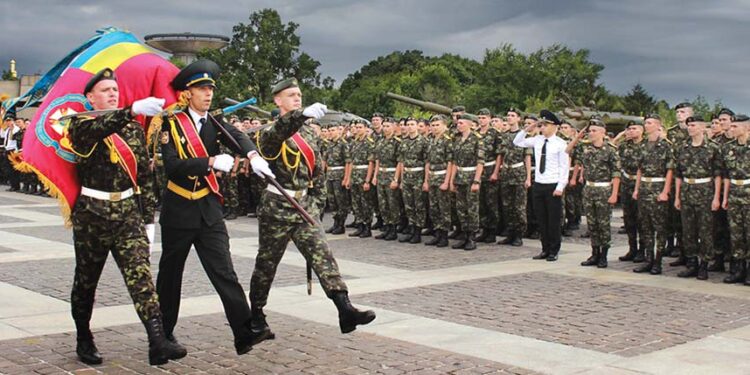By Dan Shea
The Ukraine is a region that has suffered grievously over the centuries- first a part of this empire, then another, then split into different regions with different overlords. In 1917 through 1921 the Ukrainian Soviet Socialist Republic was formed in a battle of independence parallel to the USSR formation. The Soviet Union quickly swallowed it up, and Joseph Stalin’s Holodomor (Massacre by starvation) of Ukrainians in 1932-33 had far reaching effects as World War II marched into the horizon. This is not to give the impression that Ukrainians are just victims, and everything is so bleak and dark that it’s a hopeless place- certainly not! Ukrainians have a wonderful culture, vibrant colors in clothing and dance, a long history of arts, poetry, and food that’s wonderful for the visitor. They also have a history as warriors, and have tremendous pride in that history.
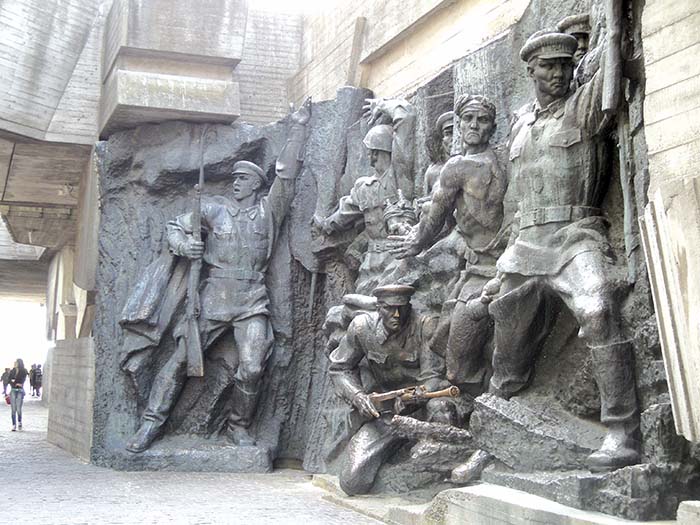
During World War II, many in the Ukrainian Soviet Socialist Republic fought against both the Germans and the Russian Soviets, and in some cases with the Germans against the USSR. This is despite the fact that the Ukraine was one of the founding states of the USSR. Terrible sacrifices were made during The Great Patriotic War, and in the days afterwards. The Ukraine SSR gained a UN seat after the war and a measure of independence, however the USSR was always in the background controlling and not to the benefit of the Ukrainians. In 1991 during the “Breakup” of the Soviet Union days, the Ukraine finally declared itself an independent country.
Plans for the museum started in 1943 during the war, and in the periods of the later 1940s, and 1950s, artifacts were gathered and displayed. It wasn’t until 1974 that the museum really progressed, and in the modern era receives hundreds of thousands of visitors every year. The large parade grounds are perfect for huge commemorative military ceremonies.
The statue “Motherland-Mother” is perhaps the most striking thing about the museum- it is visible for many miles. Sculptor Basil Boroday designed it and had many sculptors, architects and many other experts involved in his creation. The monument is a figure of a woman with a shield and raised sword- it is made from .5 mm thick stainless steel, with a total height of 102 meters. The statue is 62 meters of that height- and the entire display weights 500 tons. There are three layers- a core steel frame, a support frame of plating, and 70 tons of stainless steel on top. The sword is 16 meters in length.
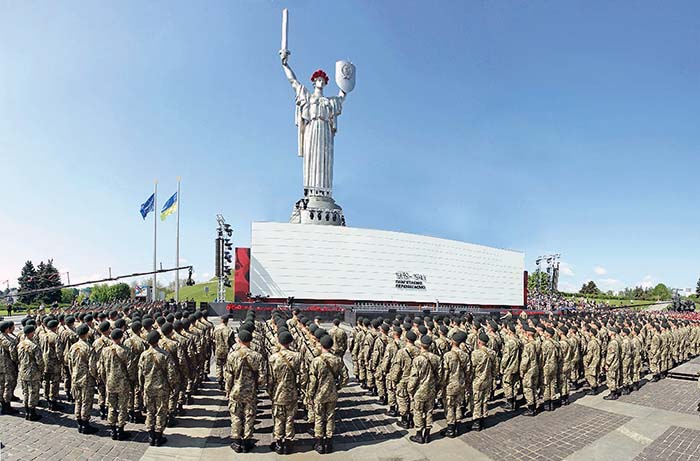
There are two galleries of heroes in the buildings, and many displays of artifacts and mementos of service and sacrifice that are scattered throughout the buildings in very personal displays. It would take days to study the items in these displays. For our interests, there are hundreds of machine guns, cannon, mortars, rifles, pistols and other arms on display, many are very rare or of great historic import.
“Other wars”- There is a special building, off to the side, dedicated to “other wars” that Ukrainian soldiers have served in for the USSR. This was frequently through conscription if the USSR needed more soldiers. An example: in the 1980s Afghanistan was a quagmire that required large amounts of soldiers to be stationed in the unforgiving Afghan mountains. Ukrainian and Russian veterans (Called “Afgantsy”) speak of this time as “Their Vietnam” and there was a lot of desolation and drug abuse in certain parts of their military. There was no heroes’ welcome home, and many of these veterans are today fighting on one side or the other of the current Russian-Ukrainian conflict. Draftees from the Ukraine came home from the war zone with many alienated, and are still standoffish today. Also like American veterans of Vietnam, most are strong willed, filled with purpose, they simply don’t like to discuss the past with those who weren’t there. Most of the “Other Wars” displays are from their mementos and bringbacks, with lots of weapons and stories thrown in. These displays are in stark contrast to the rest of the museum displays about World War II with their monumental and heroic nature.
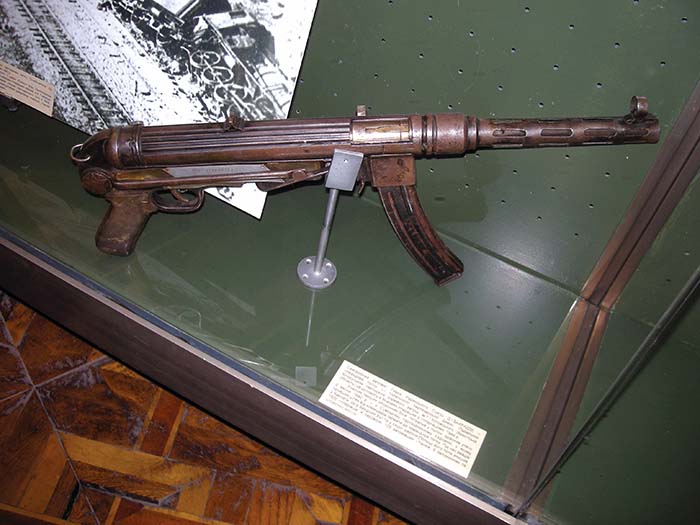
Tanks and Cannon:
There is a large section of the museum property that has vehicles and cannon parked in lines for visitors to view and photograph. Due to space, SAR can’t publish these pictures, but we decided to place as many as we could online for our readers to view. https://www.smallarmsreview.com/archive/reference.03-2016.cfm#03292016
National Museum of the Great Patriotic War
Address: m. Kyiv, str. Lavrska 24
Tel: +380 (0) 44 285-94-52
Website: www.warmuseum.kiev.ua
Hours: 10:00 to 18:00 daily,
closed on Mondays
Ticket office closes at 17:00
Metro Station “Arsenal” take bus No 24 or bus No 38 to the National Museum of Ukraine in the Second World War stop.
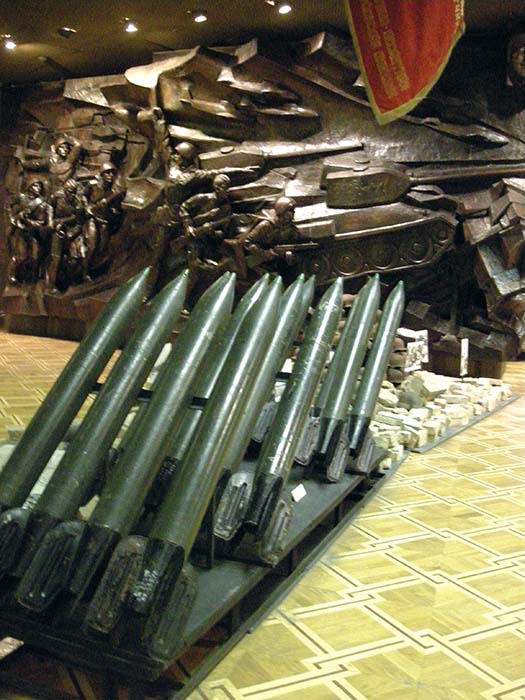
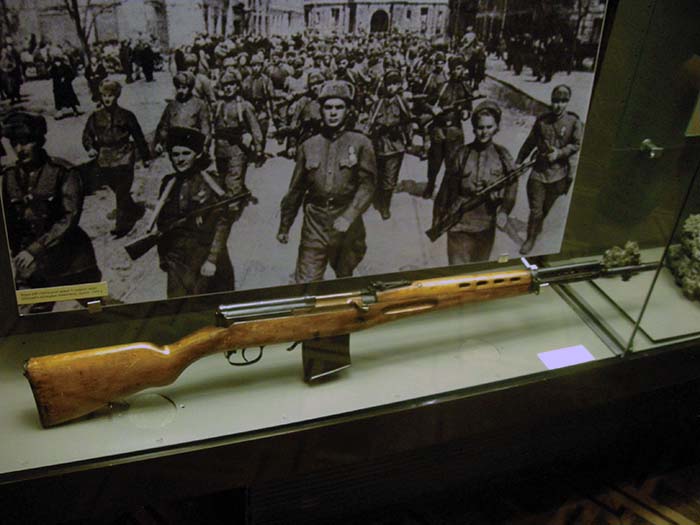
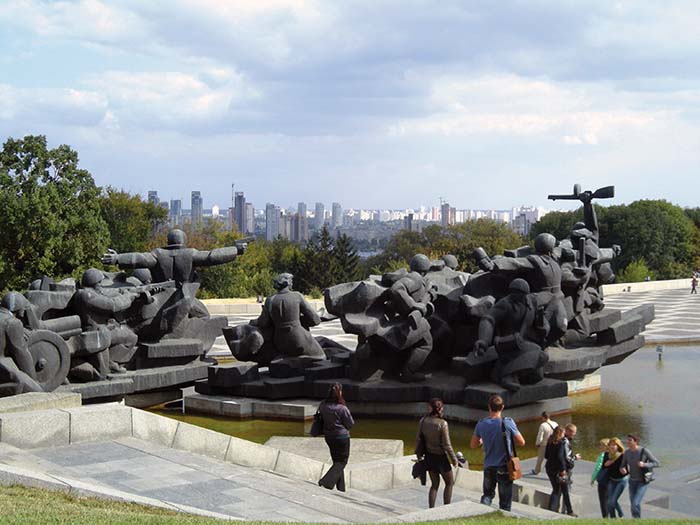
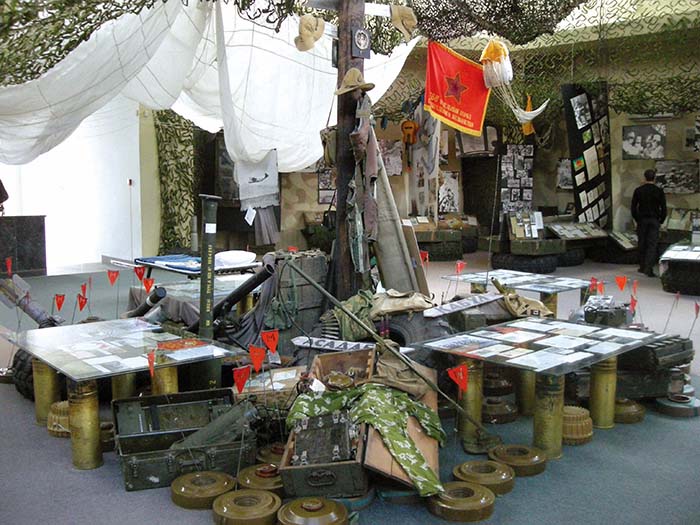



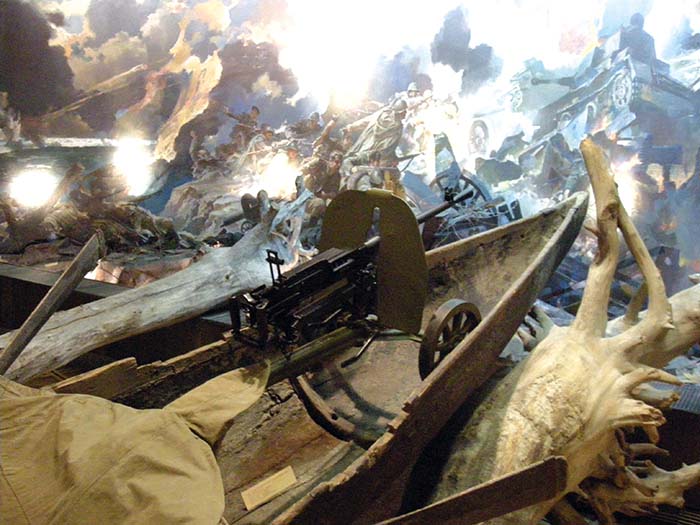

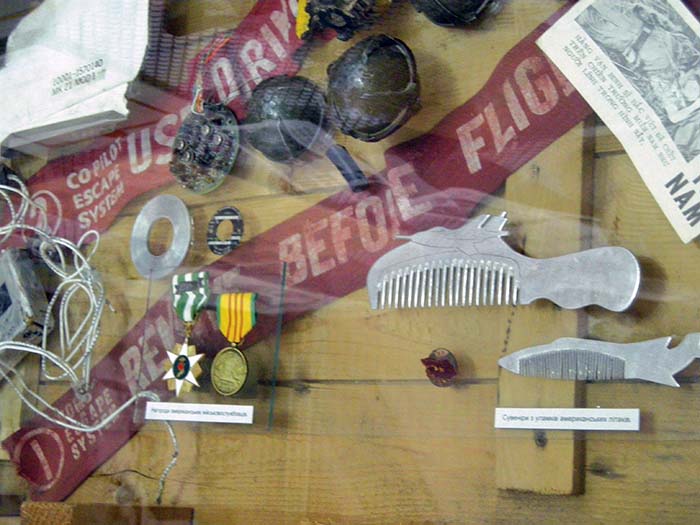
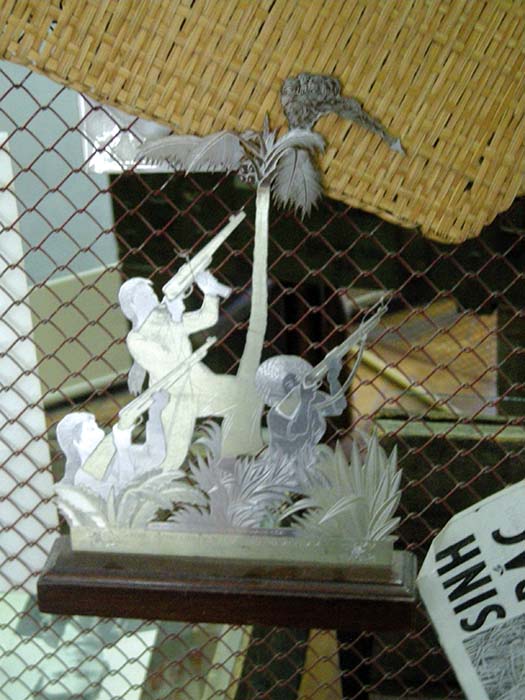

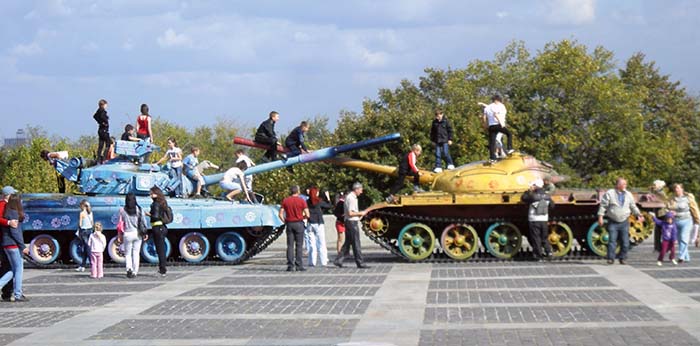
| This article first appeared in Small Arms Review V20N6 (July 2016) |



